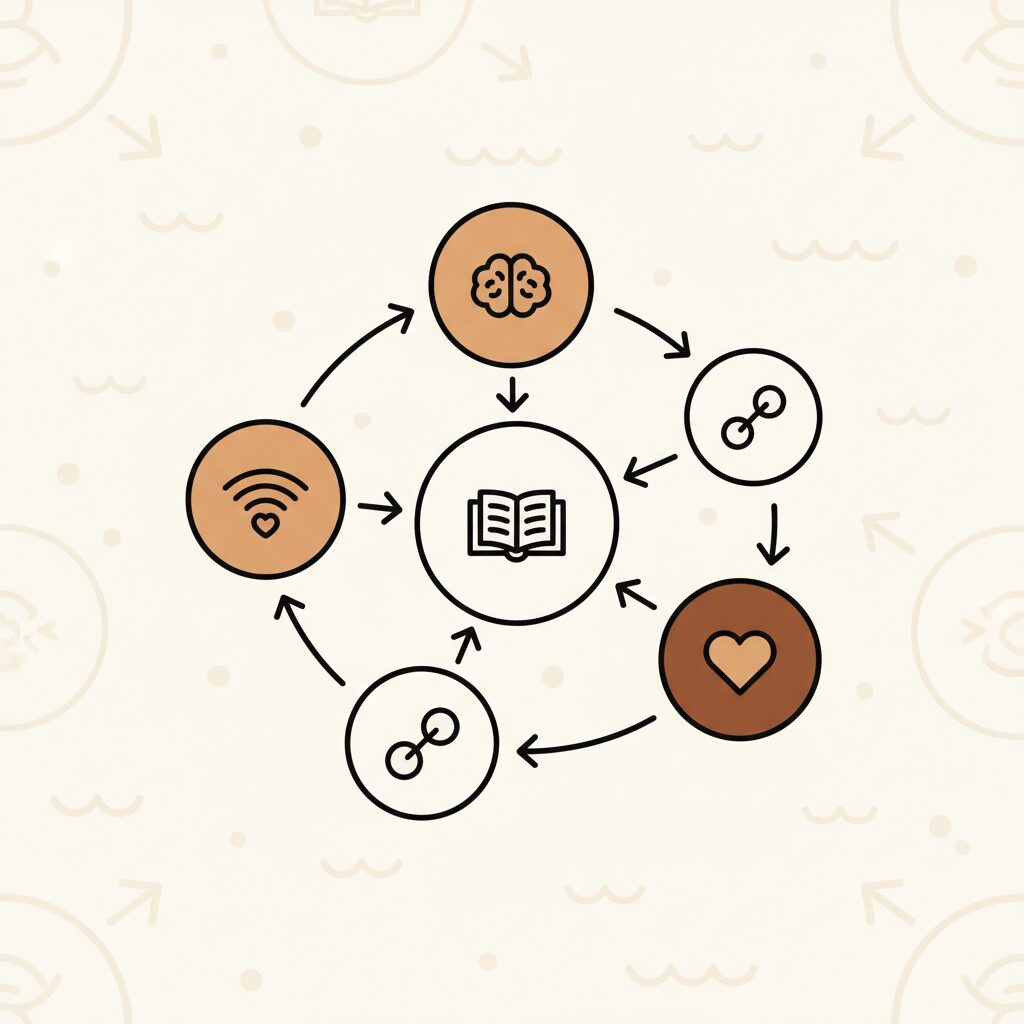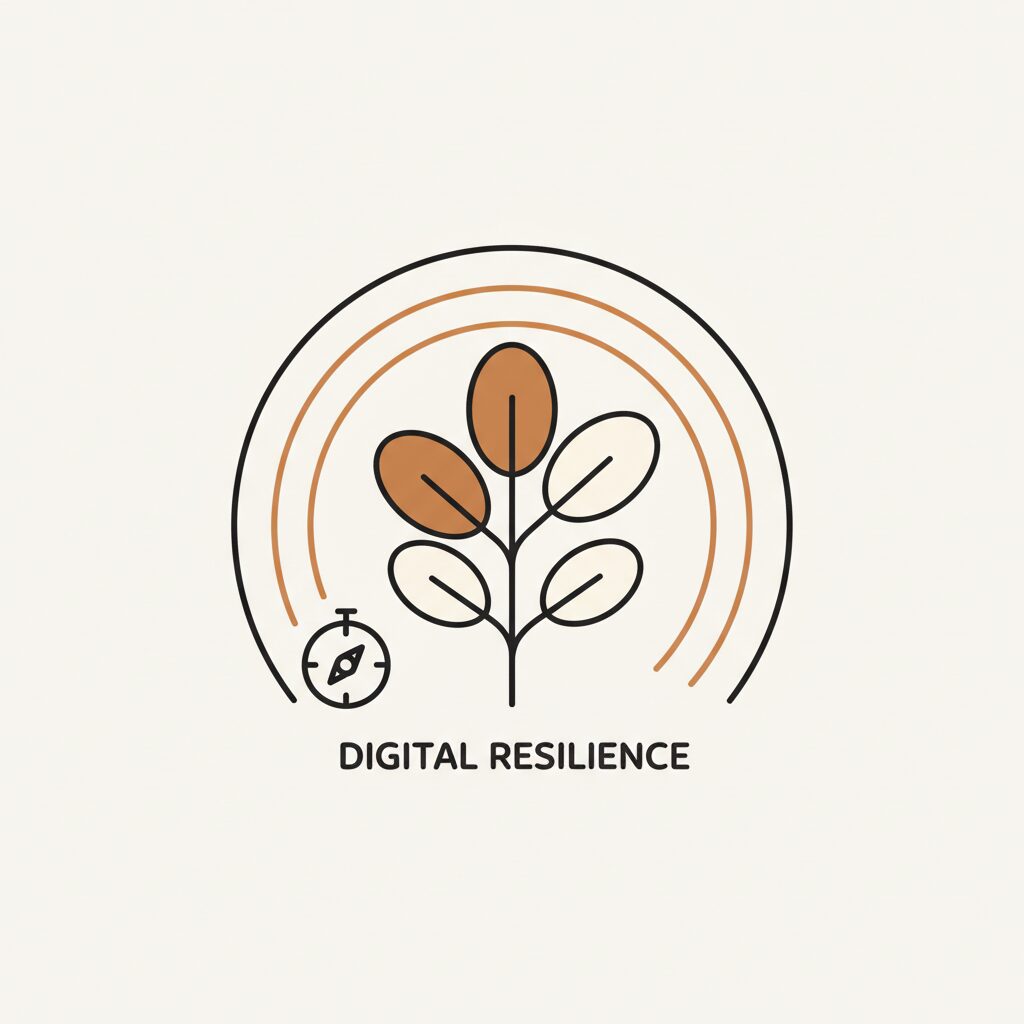
Remember when the scariest thing online was a pop-up ad for dancing bananas? Now AI crafts messages so lifelike they’d fool your best friend, mimicking voices and favorite cartoon characters to trick anyone. It’s enough to make your palms sweat—but here’s what’s truer: our kids don’t need fear. They need us to be steady guides, turning tech turbulence into teachable moments like we do with spilled juice boxes and scraped knees. Because safety isn’t about locking down their digital world; it’s about lighting lanterns in their minds.
When “Real” Gets Fake: How Do AI Attacks Target Families?

Picture this: an alert pops up during homework time—“Hurry! Your favorite game account expires in 5 minutes!”—tailored with your child’s latest avatar and a voice note that sounds exactly like their teacher. That’s today’s reality. Hackers now use AI to slice through defenses by scraping kids’ social posts and gaming chats, crafting scams so personalized they bypass traditional warnings. The World Economic Forum ranks AI-powered misinformation as our top global risk, and studies show 93% of security leaders expect daily AI attacks by next year. Yet this isn’t just for tech giants; it’s playground-level stuff. Those “free Roblox gems” links? Often AI-optimized traps designed for small hands and trusting hearts.
Here’s where we soften the panic: those same traits making AI dangerous—speed, adaptation—can teach our kids resilience. Like when rain cancels park plans, we pivot to board games. Digital slip-ups aren’t failures; they’re dress rehearsals for savvy decision-making. So remember, the goal isn’t perfection—it’s curiosity. “What made that message feel off?” beats “You clicked what?!” every time.
How Can We Turn Stranger Danger Into Superpower Thinking?

Old-school safety talks feel clunky now. AI erodes the line between “real” and “fake” so smoothly that kids need sharper tools than “don’t talk to strangers.” Try this instead: turn skepticism into a treasure hunt. While baking cookies (that subtle vanilla scent in the air!), ask, “If a friend online said, ‘My dog ate my homework—send me your login!’ would you believe them?” Then laugh together at the absurdity. Data shows this works: when security teams frame vigilance as problem-solving, not punishment, vigilance sticks. For us parents, it’s about planting seeds—“Would Grandma really ask for gift cards by text?”—so kids self-check before clicking.
The magic happens when we blend analog and digital: While walking through autumn leaves, brainstorm “red flags” like urgent deadlines or wonky-looking links. Make it a game: “First to spot a sketchy URL wins extra screen time!” Suddenly, critical thinking isn’t homework—it’s how we navigate both park paths and pixel worlds.
Your Quiet Superpower: How to Model Digital Calm for Kids

Kids learn safety from how we react. When an “urgent” email about “suspended accounts” lands, resist frantic forwarding. Instead, narrate your pause: “Whoa—that feels pushy. I’ll call the bank to check.” It’s like teaching swimming: we don’t scream when they dip a toe in. Modeling slow breaths before clicks builds neural pathways stronger than any firewall. Research confirms it—hearing adults question sources cuts scam susceptibility by over half.
Reframe those limiting tools: Parental controls are like training wheels, useful only while building balance. As cybersecurity experts note, AI defenses thrive on nuance—not locks. Set quiet filters for sketchy sites, but focus energy on what truly matters: kitchen-table chats. “Tell me one cool thing you did online today—and one thing that felt weird” turns fear into connection. Your calm curiosity is the ultimate vaccine against panic.
Growing Stronger Together: How Can Community Build Digital Resilience?

This isn’t a solo mission. Remember that neighborhood game where kids invented wild rules for hopscotch? Community wisdom spreads like wildfire—good tips too! Share near-miss stories at school pickup: “My kiddo got a voice note from ‘Dad’ asking for cash—turns out it was AI mimicking my laugh!” Sharing our “oops” moments makes everyone braver—it’s how we level up together. Organizations like Malwarebytes prove collaboration beats isolation; when schools and parents swap “oops” moments, everyone learns faster.
Build this into family rhythm. During weekly pancake breakfasts (that sizzle echoing like a tiny victory bell), ask, “What’s one thing online that felt tricky this week?” No blame, just brainstorming. Like how we navigate unfamiliar cities using landmarks and trust, we’re teaching kids to read digital terrain with grace. The WEF’s right—misinformation spreads fast, but so do solutions when we lighten the burden together.
Tomorrow’s Safety Starts Tonight: How to Foster Digital Resilience Now

Leave the heavy armor behind. Real protection isn’t constant monitoring—it’s fostering a mindset where kids pause, ponder, and probe. Try this tonight: during story time, swap fairy tales for “digital detective” scenarios. Ask: “If a game offered you a free dragon but asked for your password… what would you do?” Then share your own real-life “aha” moment—like spotting a phishing text meant for Grandma. Joy anchors lessons; laughter during “what ifs” makes knowledge stickier than screen time debates.
We’re not raising kids for a fear-free future—it doesn’t exist. We’re raising navigators who know storms pass and compasses can reset. When AI attacks feel overwhelming, remember those crisp autumn walks home from school where we pointed out cloud shapes: safety isn’t about controlling the sky. It’s about teaching them to read it. Start small. Stay connected. And trust that your steady presence is the one firewall no hacker will ever crack.
Source: The Rise of AI-Powered Cyber Attacks: Are We Ready, C-SharpCorner, 2025/09/02
